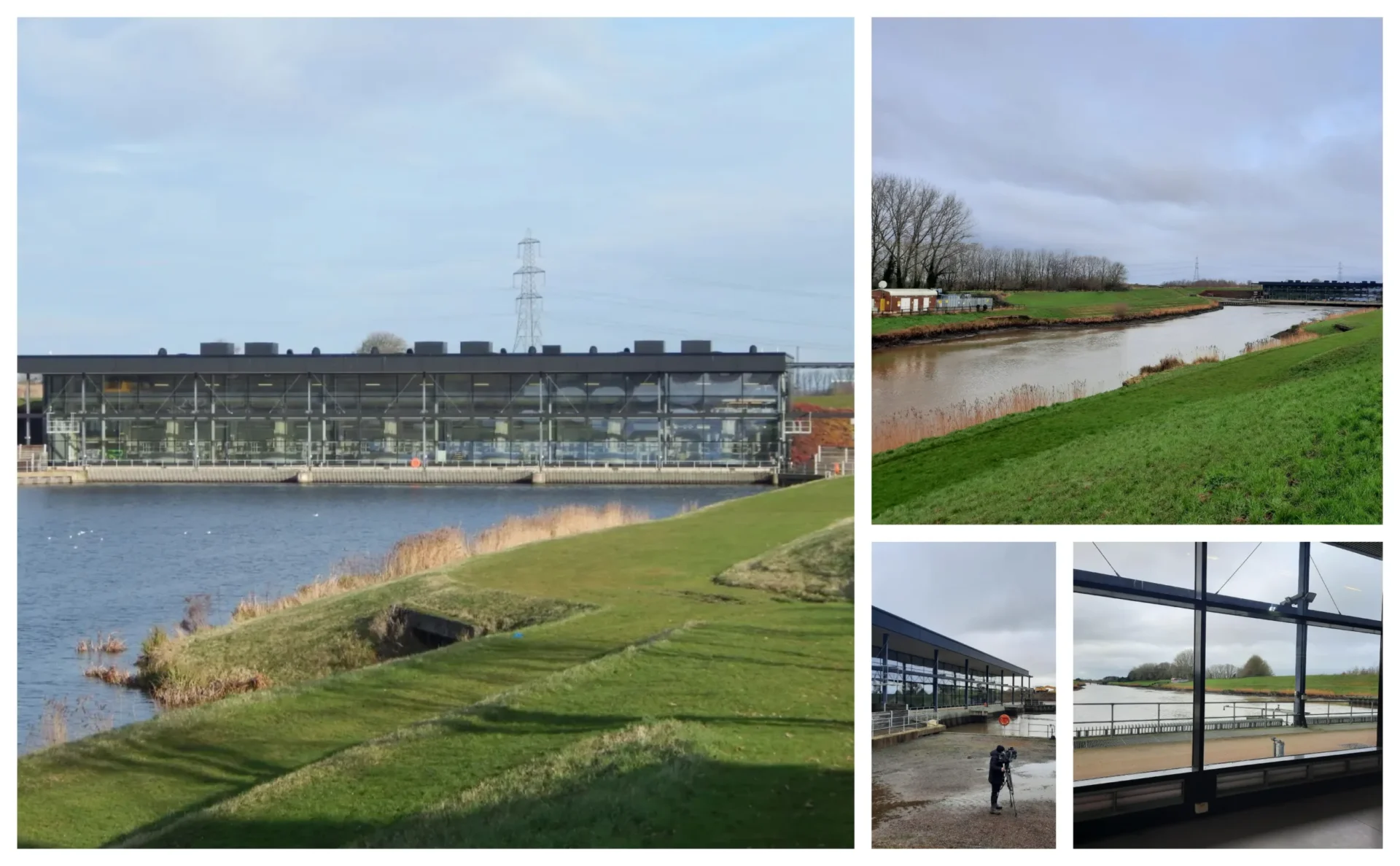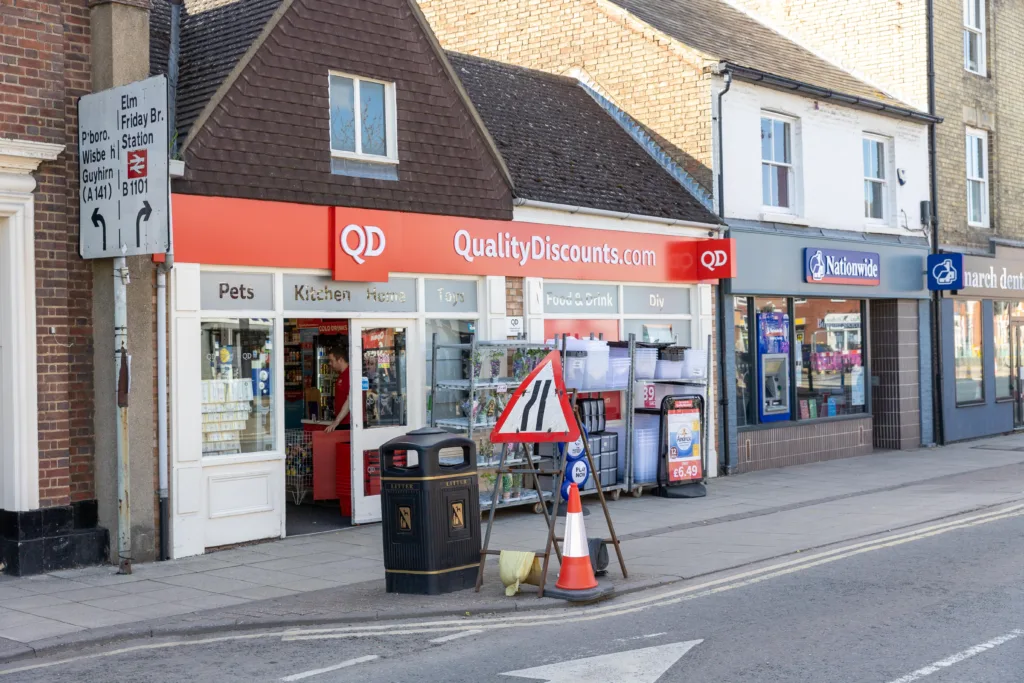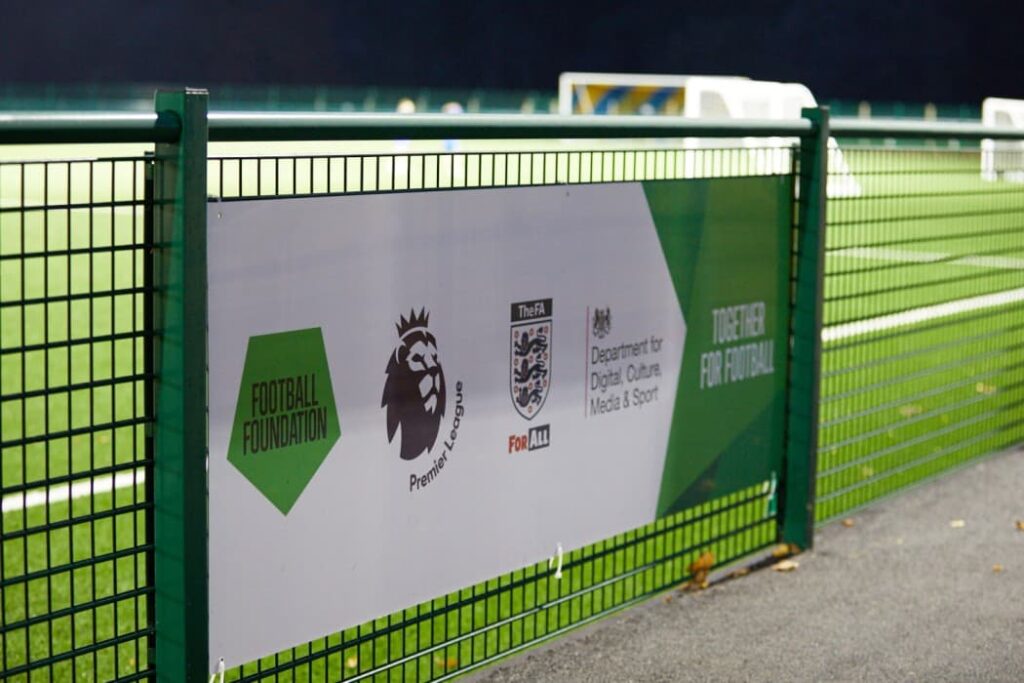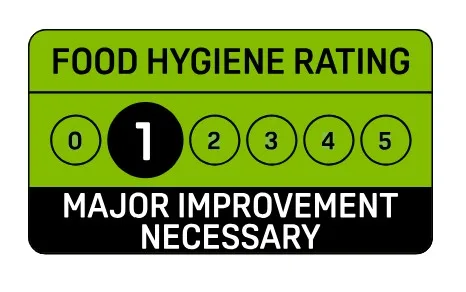Chief executive Paul Burrows of the Middle Level Commissioners described increases in electricity standing charges as “punitively eyewatering”. The standing charge for St Germans Pumping Station, he says, has increased by 1,282% from £3,915 to £54,140.
“Across our portfolio of assets there are 67 electric meters and the standing charges have increased in total by 509% from £25,547 to £155,662 as a result of the Targeted Charging Review,” says Mr Burrows.
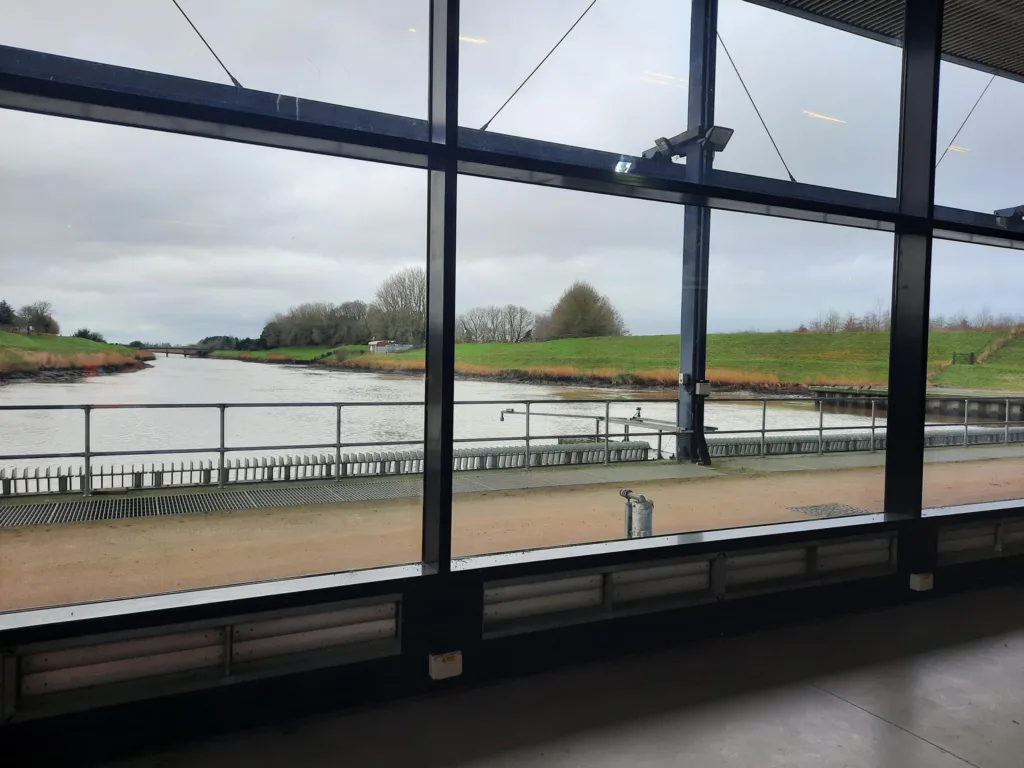
He has responded to OFGEM’s review of standing charges and claims “the Targeted Charging Review did not consider the bespoke needs and role of the Internal Drainage Board (IDB) sector within its concept and therefore its implementation has been unfair”.
The chief executive told OFGEM: “The dramatic step-change increase in standing charges has had to be borne by our ratepayers (i.e. farmers and land managers within the district who benefit from the pumping) and via special levies on district councils within these areas.
“The latter is passed on to residents via Council Tax creating additional financial burdens on Council-delivered critical public services.”
“Electricity costs form a significant proportion of IDBs’ overall revenue expenditure, therefore the impact of the Targeted Charging Review, if it continues, will have a disproportionate impact on our public service objectives and place people, businesses and critical infrastructure at greater flood risk, increasing the risk to life and livelihoods.”
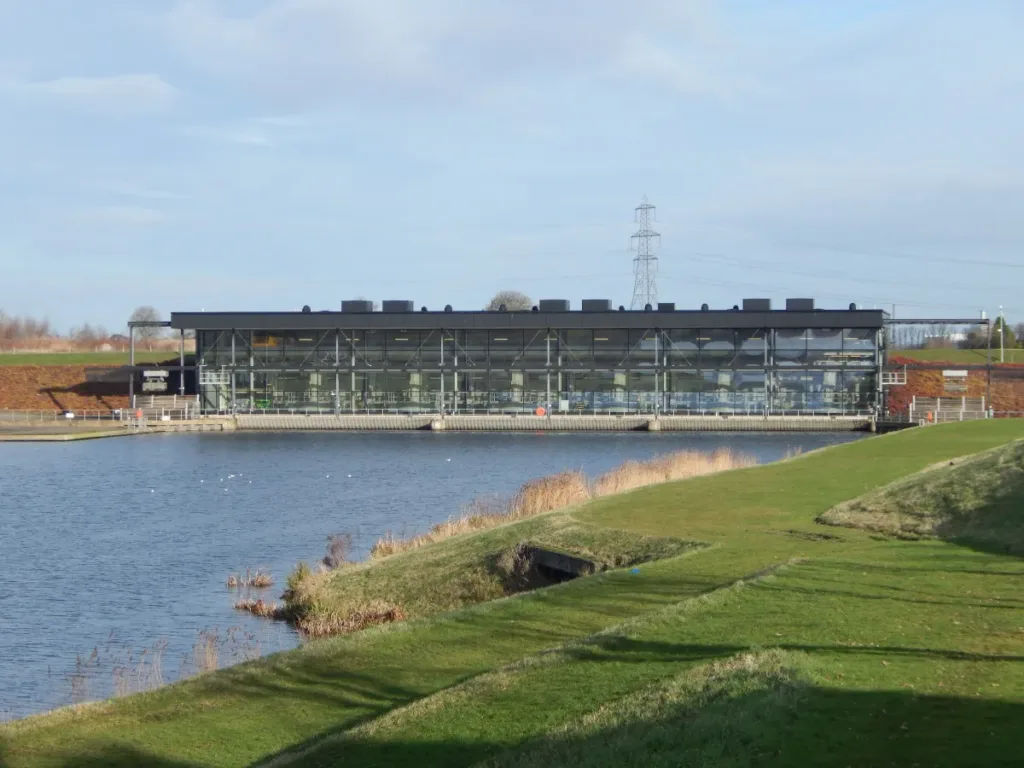
Middle Level is responsible for 190km of embanked watercourses, 160km of which are statutory navigations, and two major pumping stations.
This system moves excess water from the lowest land in the country into the Tidal River Great Ouse via St Germans Pumping Station. The current pumping station, opened in April 2010, is the largest of its type in the UK, with a maximum pumping capacity of 100 cubic metres.
Following Storm Henk in early January St Germans Pumping Station reached a record volume of 77 cumecs of water being pumped (100 cumec max capability).
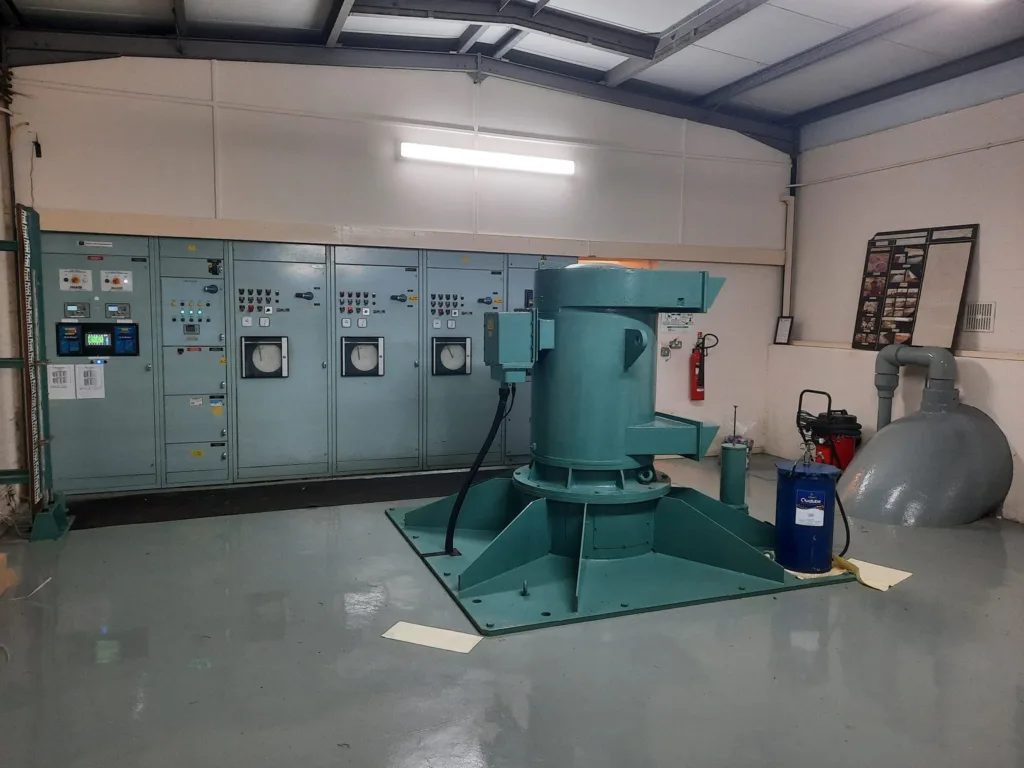
Middle Level provides flood protection to more than 8,000 homes, at least 1,600 commercial properties, 57,000 hectares of farmland and vital road, rail, and power infrastructure.
Mr Burrows said: “This winter is likely to prove a record breaking one for land drainage pumping here in the Fens with record volumes already having been pumped at our St Germans Pumping Station.
“We provide a critical public service that not only protects lives and livelihoods from flooding, but also protects key gas and electricity supply infrastructure.”
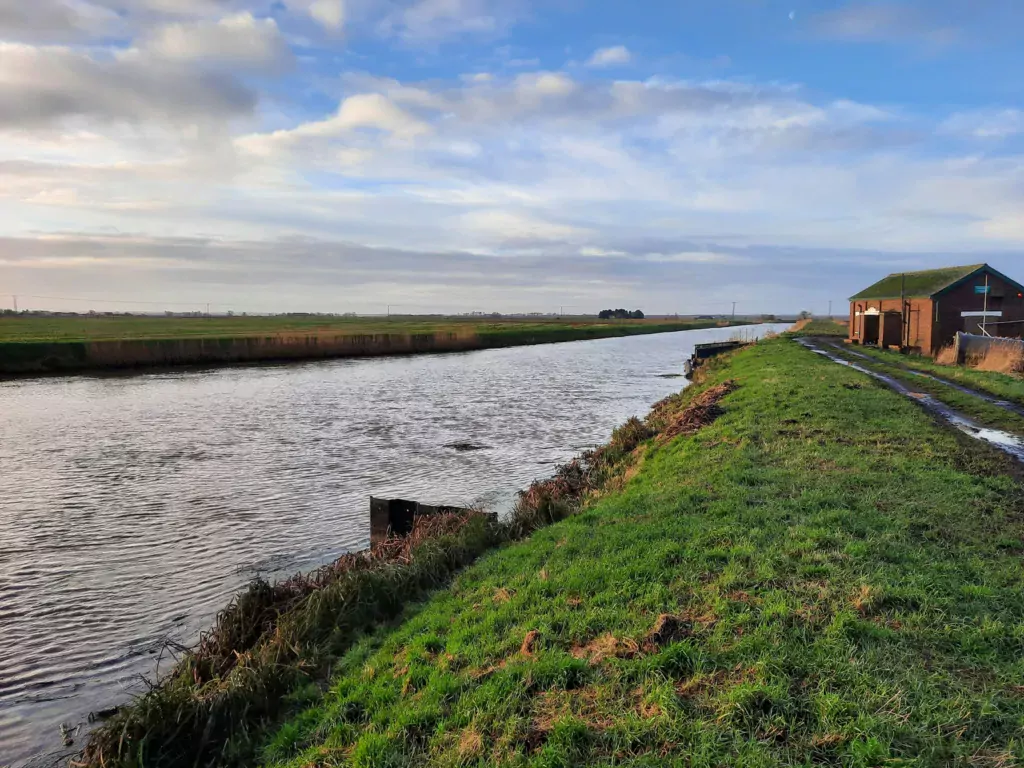
He added: “The costs of pumping are substantial, and the increases we have seen to standing charges over the last 12-month have been punitively eyewatering.
“I urge Government and OFGEM to reconsider their approach to our sector.”
Middle Level Commissioners administer 29 smaller IDBs (jnternal drainage boards) and 24 of which have electric powered pumping stations.
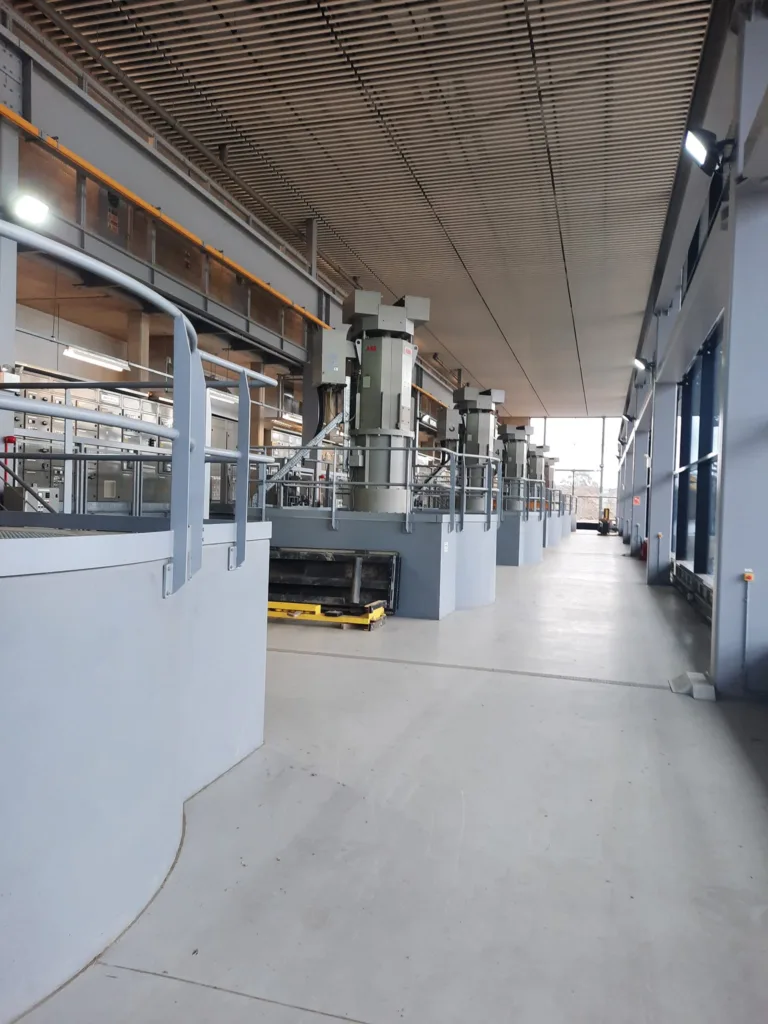
If you’d like to understand more about how the Middle and South Levels of the Fens works within the Great Ouse catchment, then we’d recommend taking a read of the following publication.
https://www.ada.org.uk/…/Future-Fens-Flood-Risk…
Here is the full text of the letter from PAUL BURROWS, chief executive of Middle Level Commissioners, to OFGEM
We welcome OFGEM’s call for input into its review of standing charges. We feel that the Targeted Charging Review did not consider the bespoke needs and role of the Internal Drainage Board (IDB) sector within its concept and therefore its implementation has been unfair.
Indeed, the scope of this review feels biased towards domestic customers, therefore our response is a more general one rather than answering specific questions posed within your consultation.
For more information about the IDB sector please refer to the Association of Drainage Authorities (ADA). Who are we and what do we do?
We are a public authority who protect a large area of the Cambridgeshire and Norfolk Fens from flooding via river embankments, water control structures and pumping stations.
The area is low-lying and below sea level, with some areas of land needing to be pumped three times before rainfall is safely evacuated to sea.
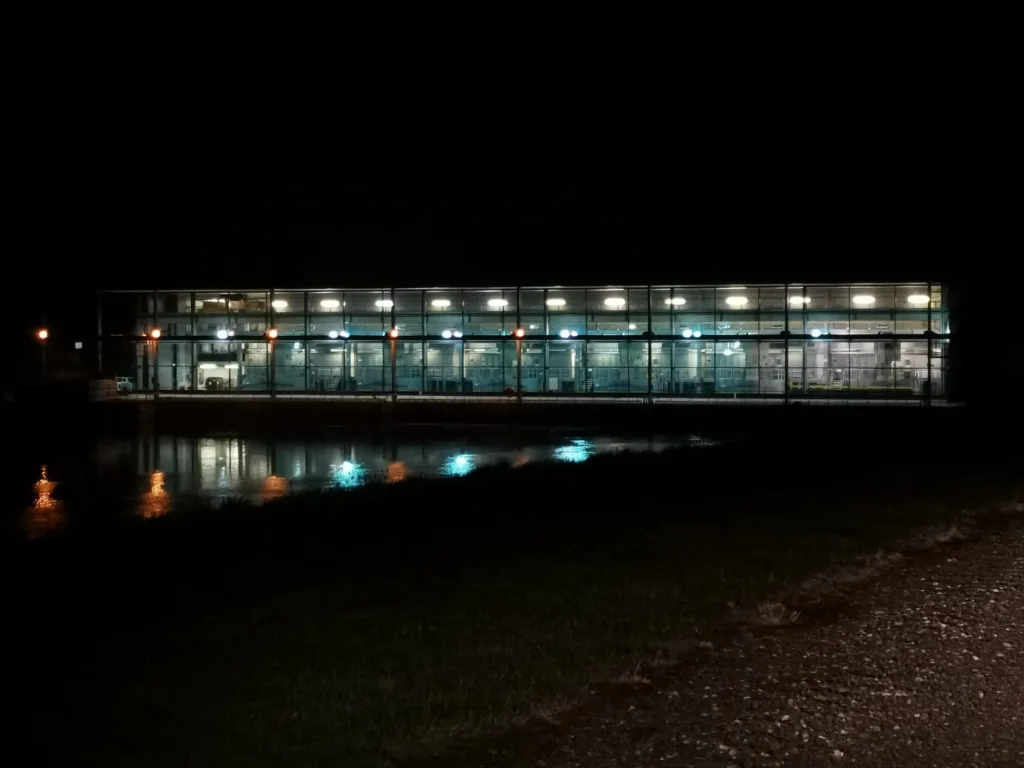
Here at the Middle Level Commissioners, we administer 29 smaller IDBs and 24 of which have electric powered pumping stations.
We also own and operate St Germans Pumping Station, the largest land drainage pumping station in the UK.
Across our portfolio of assets there are 67 electric meters and the standing charges have increased in total by 509% from £25,547 to £155,662 as a result of the Targeted Charging Review.
The standing charge for St Germans Pumping Station has increased by 1282% from £3,915 to £54,140 and currently only circa 50% of the station’s maximum capacity is served by the grid.
The electricity baseload needs of our assets is relatively low but the maximum capacity we need in times of flood concern is high, with the duration that we need high capacity being relatively short. Our needs are entirely dependent upon the weather and this winter is already proving likely to be a record breaking one for pumping.
Following Storm Henk in early January St Germans Pumping Station reached a record volume of 77 cumecs of water being pumped (100 cumec max capability).
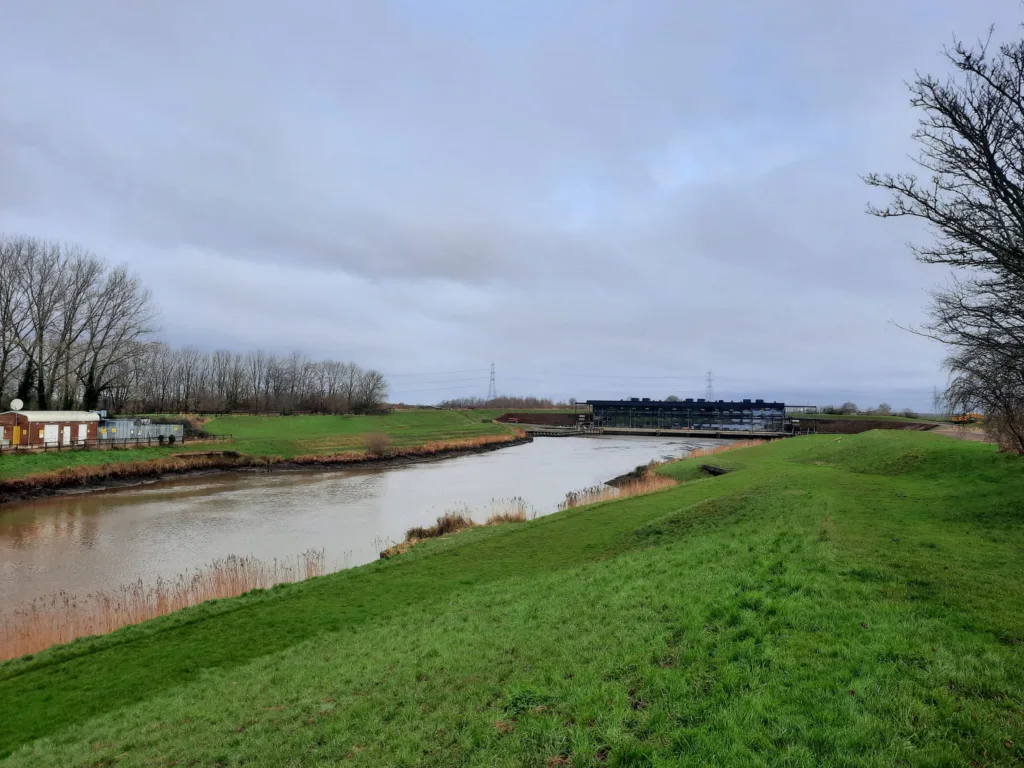
What are the financial benefits to the electricity sector within the Middle Level?
We estimate that IDB and Environment Agency flood infrastructure within the Middle Level currently avoids £275million of damages to the electricity utility assets. This loss is calculated for damages to electricity generation and distribution assets within the Middle Level of the Great Ouse Fens.
The losses are calculated only where the infrastructure would be permanently lost to flooding. Source: Future Fens Flood Risk Management, Baseline Report (see pages 102, 106, 116) Proudly managing water levels in the Fens since 1862 www.middlelevel.gov.uk How are we funded?
The dramatic step-change increase in standing charges has had to be borne by our ratepayers (i.e. farmers and land managers within the district who benefit from the pumping) and via special levies on District Councils within these areas.
The latter is passed on to residents via Council Tax creating additional financial burdens on Council-delivered critical public services.
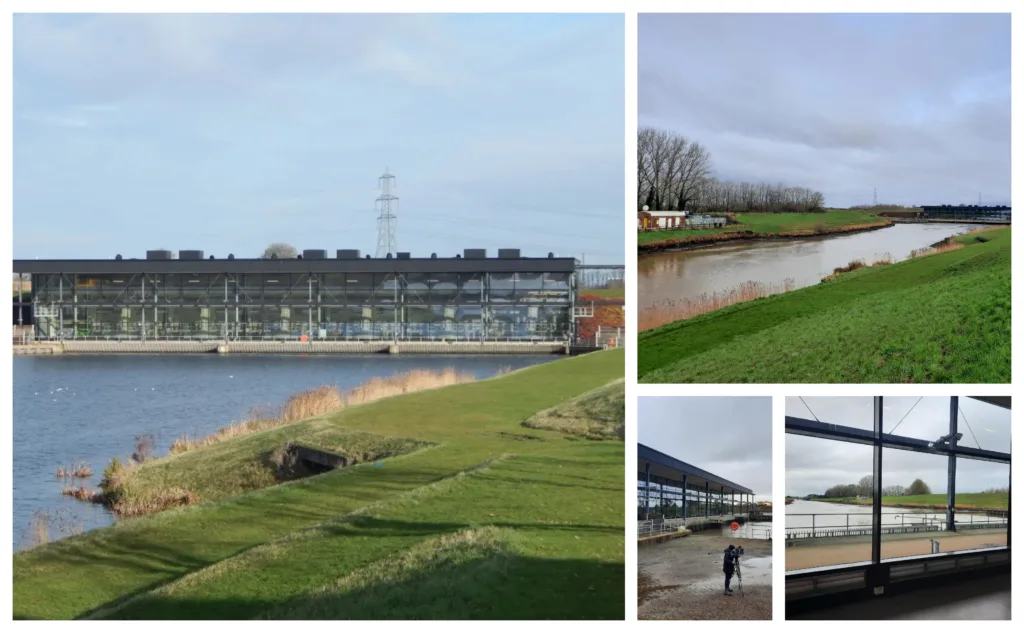
Electricity costs form a significant proportion of IDBs’ overall revenue expenditure, therefore the impact of the Targeted Charging Review, if it continues, will have a disproportionate impact on our public service objectives and place people, businesses, and critical infrastructure at greater flood risk, increasing the risk to life and livelihoods.
Net Zero There are also a small number of diesel-powered pumping stations within the Middle Level that are coming to the end of their design life, along with many stations that use a combination of diesel and electricity.
Schemes to address most of these are within the Government’s Flood & Coastal Erosion Investment Programme funded by Defra via the Environment Agency.
The step-change increase in standing charges has resulted in IDBs being cautious about progressing these much-needed improvements to their assets at a time when Government is looking for delivery authorities to accelerate schemes to improve the nation’s flood resilience.
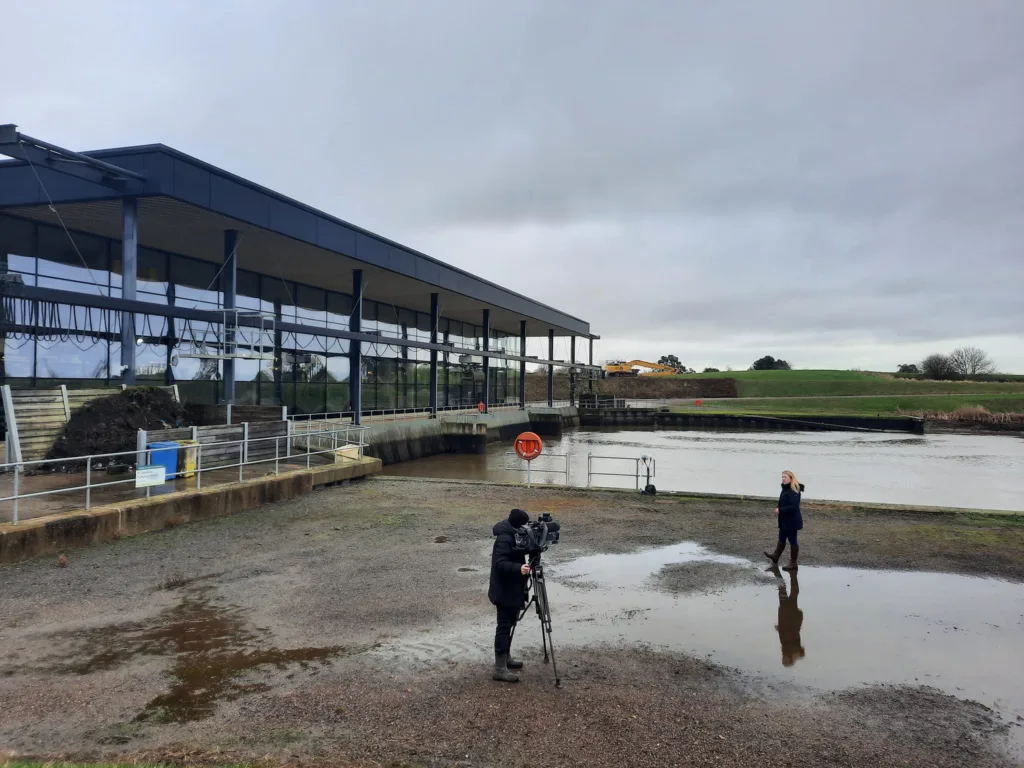
Why do we feel the Targeted Charging Review has been unfairly applied to our sector?
1 We were not abusers of the previous charging system and have become a victim of the new system.
2 The critical public service role of Internal Drainage Boards has not been considered, understood, and catered for within the changes that have been applied. We are not commercial profit-making businesses.
3 IDBs cover about 10% of England so the impact of this unfairly penalises people and businesses within lowland areas compared to the remaining 90% of the country. Fenland is also relatively deprived, magnifying the unfairness.
4 Our pumping stations and other infrastructure provides flood protection to the electricity sector (and to its customers), and this has a financial benefit to the sector. The sector makes no financial contribution to IDBs for the flood protection services we provide. This is grossly unfair.
What are we asking of OFGEM? Defra is the government policy lead for Internal Drainage Boards, and we ask that OFGEM work with the Department for Energy Security & Net Zero (DESNZ) and Defra to:
1) Agree an exception case for our sector, and
2) Agree a framework whereby the energy sector financially contributes to relevant revenue and capital expenditure of IDBs where the a) IDB’s infrastructure provides flood protection to energy sector assets and b) there is a residual need to move from diesel to electricity driven pumping.
Paul Burrows Chief Executive, Middle Level Commissioners chiefofficers@middlelevel.gov.uk
January 2024
(Proudly managing water levels in the Fens since 1862 www.middlelevel.gov.uk )
On behalf of the following twenty-five public authorities:
Middle Level Commissioners
Benwick Internal Drainage Board
Conington & Holme Internal Drainage Board
Curf & Wimblington Combined Internal Drainage Board
Euximoor Internal Drainage Board
Haddenham Level Drainage Commissioners
Manea & Welney District Commissioners
March East Internal Drainage Board
March 5th District Drainage Commissioners
March 6th District Drainage Commissioners
March 3rd District Drainage Commissioners
March West & White Fen Internal Drainage Board
Nightlayers Internal Drainage Board
Nordelph Internal Drainage Board
Over & Willingham Internal Drainage Board
Ramsey First (Hollow) Internal Drainage Board
Ramsey Fourth (Middlemoor) Internal Drainage Board
Ramsey Upwood & Great Raveley Internal Drainage Board
Ransonmoor Drainage Commissioners
Sawtry Internal Drainage Board
Sutton & Mepal Internal Drainage Board
Swavesey Internal Drainage Board
Upwell Internal Drainage Board
Waldersey Internal Drainage Board
Warboys, Somersham & Pidley Internal Drainage Board
Middle Level Commissioners chief executive Paul Burrows has responded to OFGEM by pointing out that the standing charge for St Germans Pumping Station has increased by 1282% from £3,915 to £54,140 a year. The winter has proved challenging for Middle Level.


